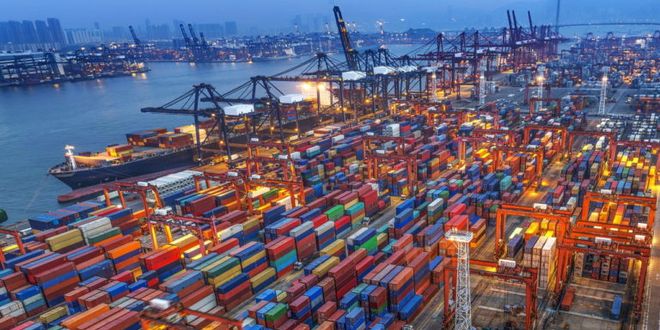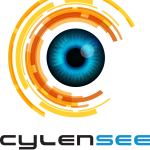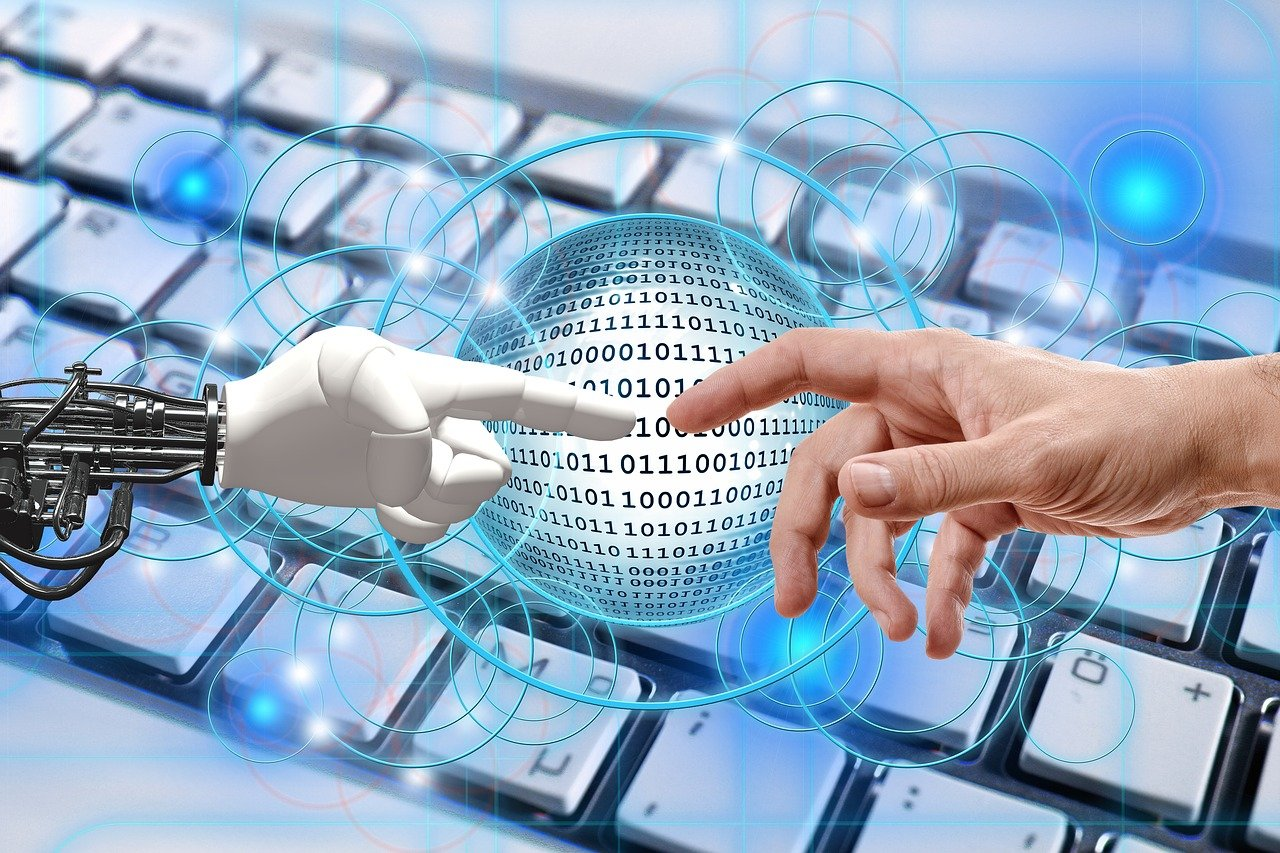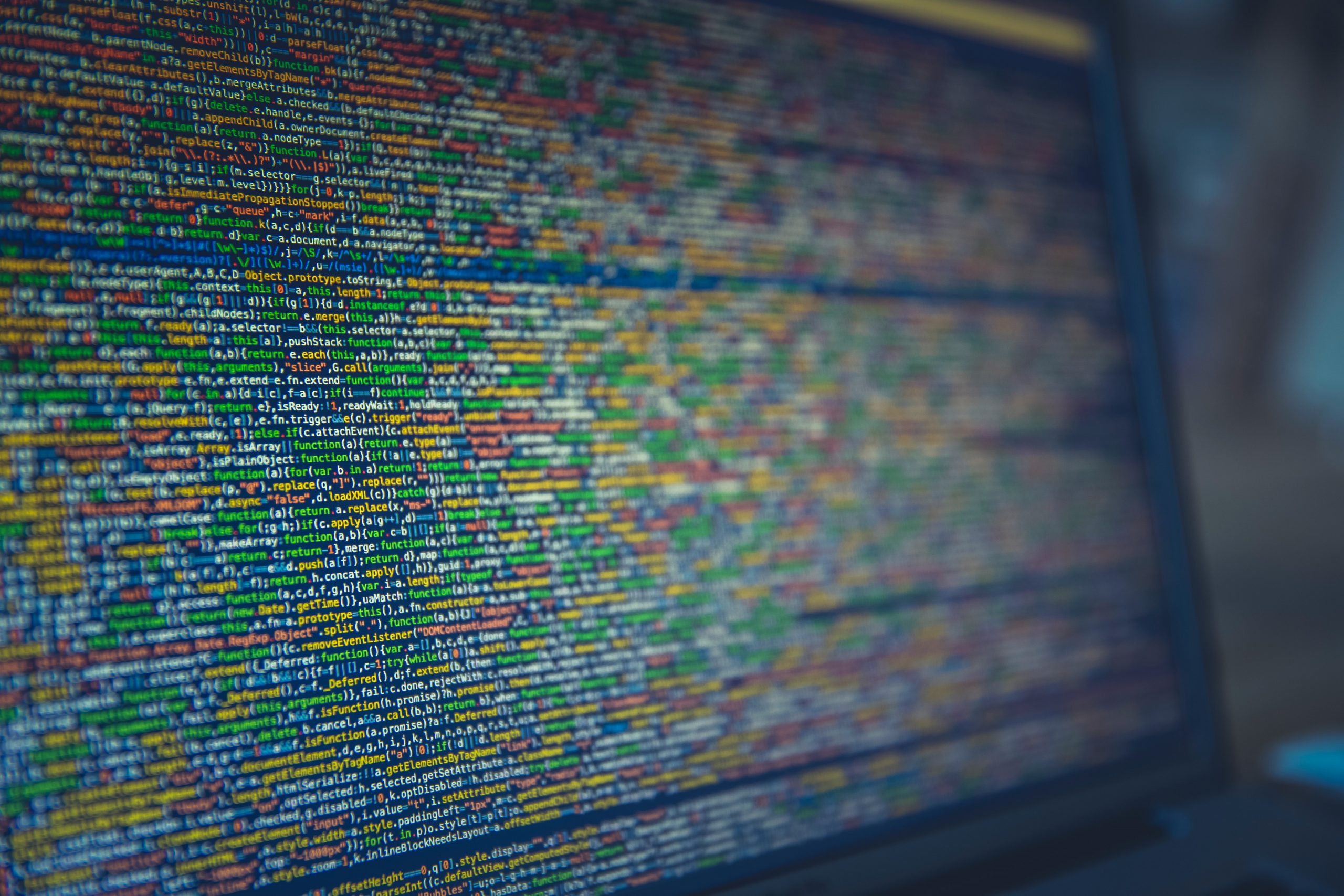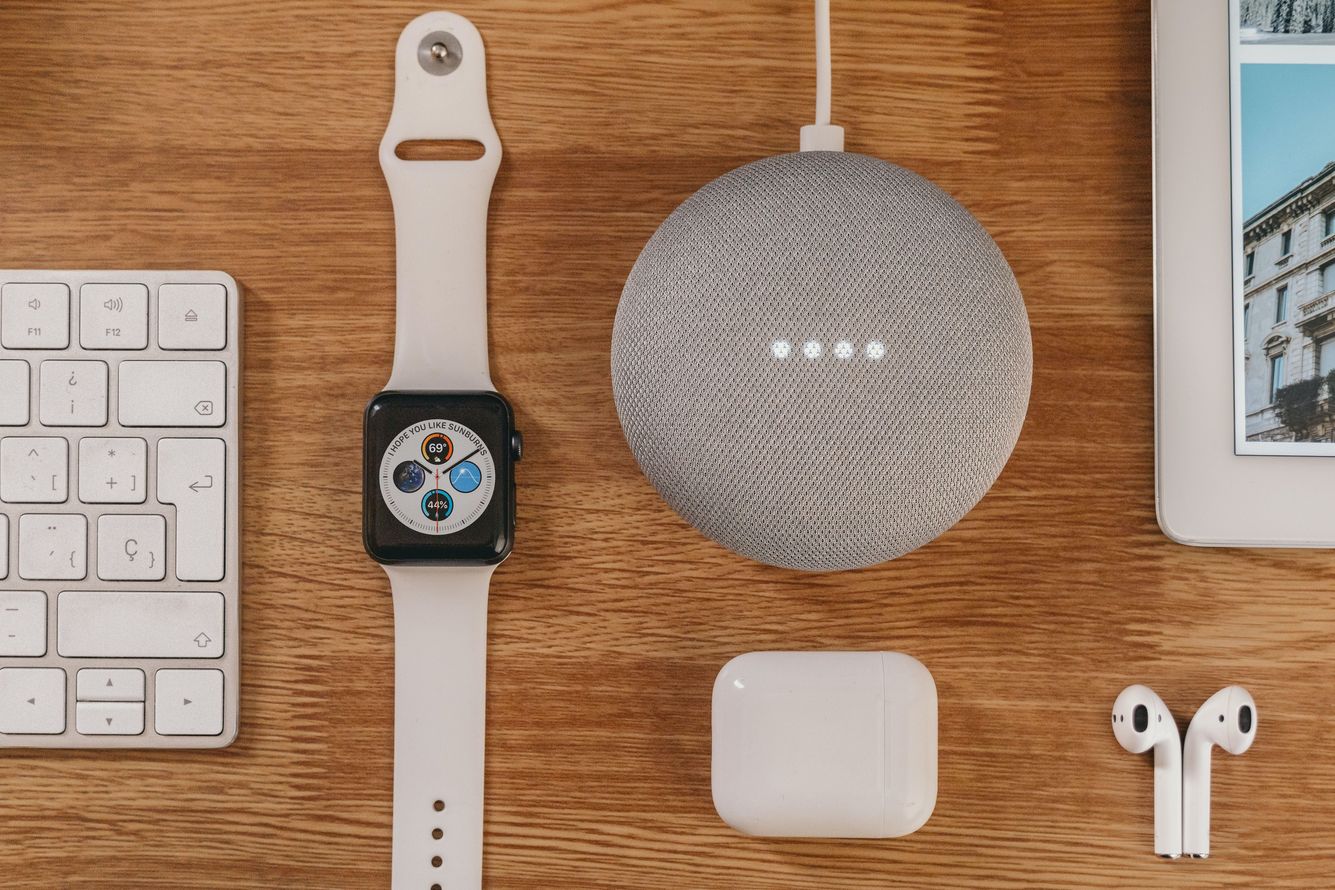AlertSmartCity, Cook-e, Dastra, DMS, GoodFloow, JobRepublik, PlaceMeet and Spectronite supported by the “honor loan” scheme
The members of the IMT Digital Fund-IGEU, IMT and Fondation Mines-Télécom held a meeting on 23 February. On this occasion, 8 start-ups from the incubators of IMT Mines Albi, IMT Atlantique, IMT Lille Douai, Télécom Paris, Mines Saint-Étienne, Télécom SudParis and Institut Mines-Télécom Business School were awarded 18 honor loans (interest-free) for a total of €340,000.
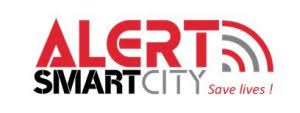
AlertSmartCity (the incubator at IMT Mines Albi) wishesto create an interoperable alert management platform, to be used in the event of a major risk (natural, industrial, health or terrorist disaster). This platform will allow municipalities to send qualified and geolocalized alerts to their public institutions (schools, cultural, sports, hospitals, administrations and other palaces receiving the public) using dedicated communication terminals that are resilient to network outages and are interactive (bi-directional communication). These reception terminals will allow disaster victims to report back to the crisis unit.
Two honor loans of €20,000 each.

Cook-e (Télécom Paris Novation Center) proposes a multi-function connected robot for restaurant kitchens. The restaurant owner enters a recipe into the robot software and then loads the ingredient tanks. These tanks can be stored cool, dry or warm. The robot then prepares the recipe: it measures out, cuts, cooks, mixes and cleans itself automatically. It can prepare all dishes with mixed ingredients in small pieces: pasta with sauce, salads, bowls, rice, meat and fish in small pieces, vegetable side dishes, etc.
One honor loan of €20,000 and two honor loans of €10,000. Find out more

Dastra (IMT Starter) is the simple, guided data governance solution that enables data protection professionals to meet the requirements of the GDPR, save time, and develop a company data culture. One small step for DPOs, one giant leap for data protection!
Two honor loans of €8,000 and two honor loans of €12,000. Find out more

DMS (the incubator at Mines Saint-Etienne) is an AI platform for managing and anticipating container flows, allowing for the fluidity of port and land container traffic. It connects all the players in the container port logistics chain (shipowners/terminals) with those located inland (carriers/depots).
Three honor loans of €20,000 each. Find out more

GoodFloow (the IMT Lille Douai incubator) automates the tracking and management of reusable packaging. Their service consists of using IoT in individual packaging along with a web/mobile app. This solution eliminates asset management and change management issues related to packaging, makes flows more reliable, and enables a sustainable transition in logistics.
One honor loan of €40,000. Find out more
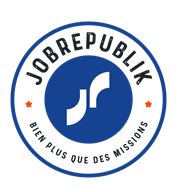
JobRepublik (IMT Starter) is the meeting point between companies in need of temporary workers and anyone looking for additional income. The start-up offers the first open marketplace dedicated to “blue collar” freelancers that allows a direct relationship between 700,000 small businesses in the logistics, retail and restaurant sectors and 3 million independent workers.
Two honor loans of €20,000 each. Find out more

Placemeet (incubator at IMT Atlantique) is a simple and intuitive platform optimized for engagement and interaction. Attendees can move between rooms as if it were a physical event and enjoy an exceptional experience from anywhere in the world.
Two honor loans of €20,000 each. Find out more

Spectronite (Télécom Paris Novation Center) has developed a breakthrough technology, with the implementation of an architecture based on Software Defined Radio, which can offer speeds up to 10 Gbps over very long distances, i.e. up to 20x the speed offered by traditional products. Spectronite offers a disruptive innovation for mobile operators, enabling them to deploy 4G and soon 5G, even in territories where fiber is not available.
One honor loan of €10,000 and one honor loan of €30,000. Find out more
The honor loan program
Created in late 2011 under the aegis of the Grandes Écoles and Universities Initiative (IGEU) association, the IMT Digital Fund for honor loans is co-financed by the Fondation Mines-Télécom, BPI France and Revital’Emploi.

